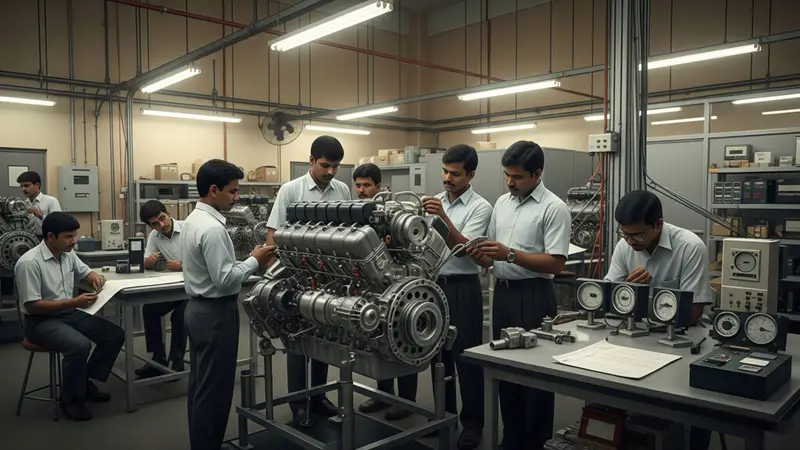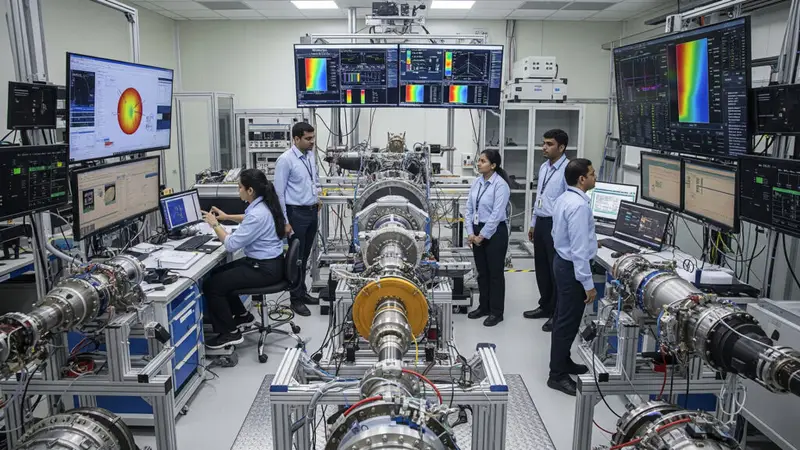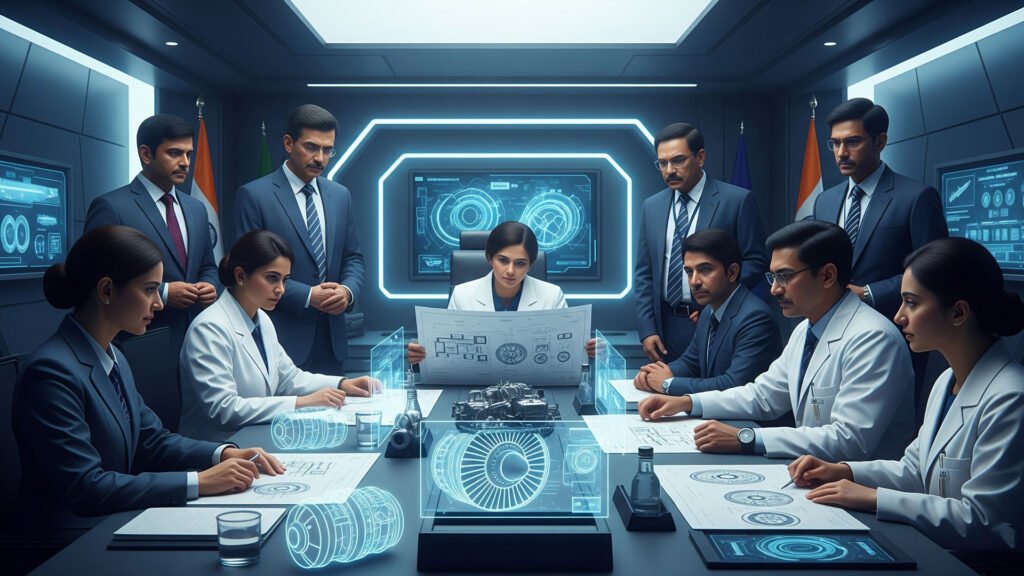Fund Kaveri Engine: Why India’s Jet Engine Quest Matters More Than Ever

The campaign to Fund Kaveri Engine is not just a trending hashtag — it’s a call for strategic independence in aerospace defense. India, with its decades of fighter jet development, still lacks one crucial piece: a fully indigenous jet engine.
Now, as the country looks to power the Advanced Medium Combat Aircraft (AMCA) and future fighters, public and expert voices are uniting to push for revival of the long-dormant Kaveri engine program.
What is the Kaveri Engine and Why Was It Delayed?

The Kaveri engine project, led by DRDO’s GTRE (Gas Turbine Research Establishment), was launched in the 1980s with the aim of developing a jet engine for India’s indigenous Tejas LCA fighter. However, due to challenges in high-altitude performance, thrust limitations, and a lack of material science capabilities at the time, the project was decoupled from Tejas in 2008.
Despite the setbacks, the base technology never died. Today, its revival is considered critical for India’s long-term defense strategy.
5 Reasons to Fund Kaveri Engine Now

1. Strategic Autonomy in Defense
Jet engines are the core of any fighter aircraft. India currently relies on the U.S. (GE F404/414) and France (Safran) for engines. This foreign dependence risks supply disruptions, embargoes, or even control over export rights.
2. AMCA Needs an Indigenous Engine
India’s next-gen stealth fighter, AMCA, is being designed for export and future warfare. It can’t be fully sovereign or export-friendly if the engine is imported. A local engine is non-negotiable for global competitiveness.
3. Technology Spillover to Civil and Drone Sectors
Building a jet engine advances materials science, AI-driven control systems, and turbine design, which benefit India’s civil aviation, drones, missiles, and even energy turbines.
4. Make-in-India Gains Global Push
The #FundKaveriEngine movement aligns perfectly with India’s Make-in-India and Aatmanirbhar Bharat goals. Funding and completing this engine could make India one of only 6 countries capable of independently developing jet propulsion systems.
5. Safran’s Offer for Co-Development
In 2023, France’s Safran proposed a joint development of a 110 kN engine based on Kaveri’s base, offering tech transfer of core hot sections like combustors and turbines. India must act now while geopolitical interests align.
Want to know how India is transforming telecom on the global stage too? Read our coverage on India 6G Connectivity and its future implications.
Is It Even Technically Possible?

Yes — and here’s why:
- DRDO has tested several prototypes and completed high-altitude trials.
- GTRE has developed afterburners and core modules that can scale.
- ISRO’s cryogenic engine success proves India can master propulsion, with sustained funding and timelines.
As experts from IDSA suggest, the Kaveri project could be successful with focused government and industry partnership.
Fund Kaveri Engine: What the Public Movement Achieves

The online campaign has done what government inertia could not — it has made jet engine development a public priority. Aviation professionals, defense enthusiasts, and even ex-IAF personnel are now engaging openly on the subject.
This has triggered:
- Increased media coverage
- Parliamentary questions on engine funding
- Renewed R&D allocation discussions
What Must Happen Next?

To make the Kaveri engine a reality, India must:
- Allocate dedicated, transparent R&D funding
- Finalize joint development with Safran or an Indian-private JV
- Set 5-year timelines with independent audits and phased testing goals
- Incentivize MSMEs in aerospace manufacturing to contribute
Final Thoughts
The Fund Kaveri Engine movement is more than an aviation milestone — it’s a signal that India is ready to join the club of true defense tech powers. From policy to production, every step now must align with this goal.
Because in 21st-century warfare, who powers your aircraft decides who controls your skies.
India’s future in high-tech manufacturing hinges not only on funding projects like Kaveri, but also on building a culture of engineering excellence. Jet engines are just the beginning — and movements like #FundKaveriEngine could be the spark that ignites a truly self-reliant innovation ecosystem.














